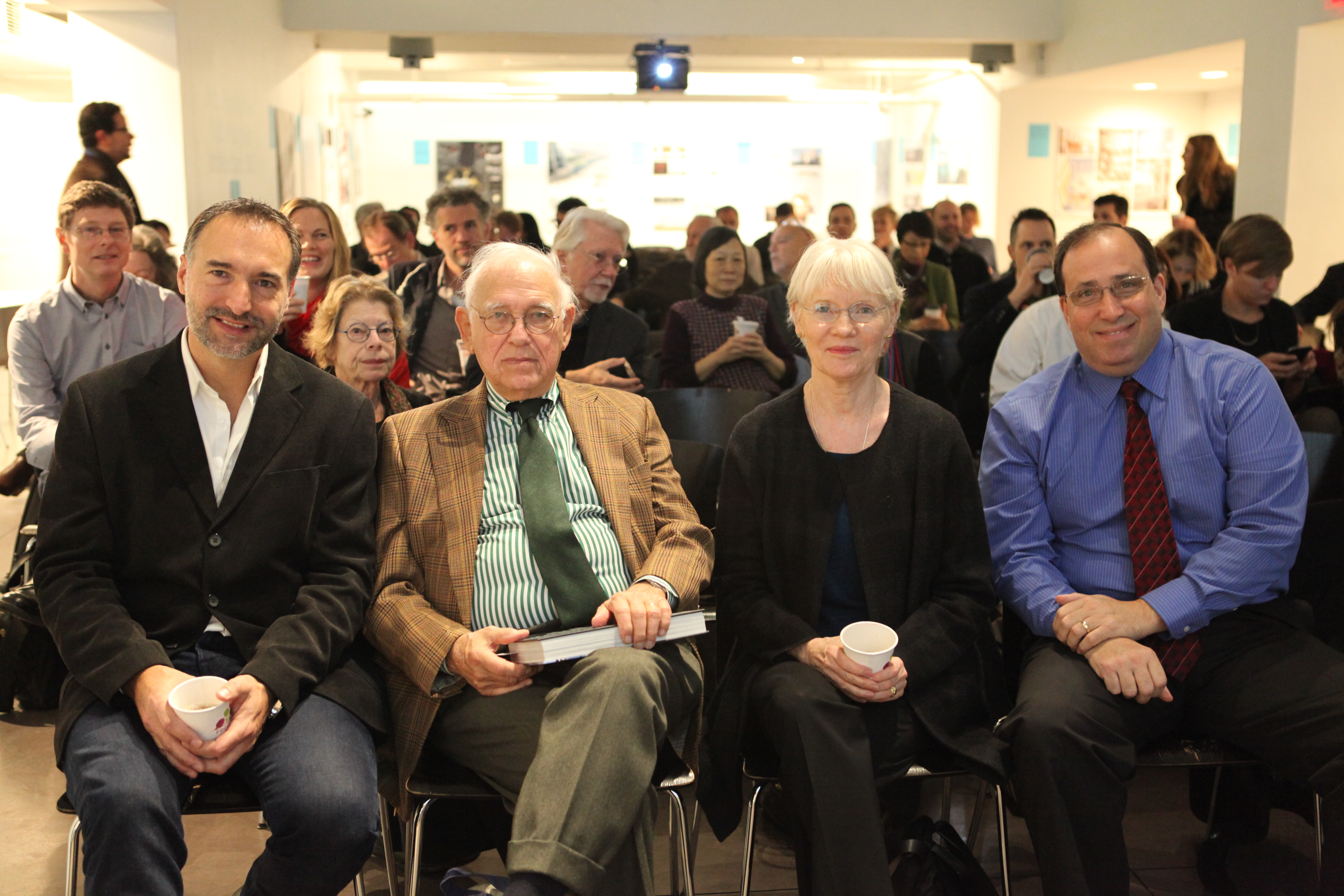by: EmmaPattiz
Last week, the Lobbying Bureau of the City of New York announced that on 01.01.16, a six-month amnesty period will begin, as mandated by Local Law 129 of 2013. The law intends to strengthen compliance with New York City’s lobbying law, and the amnesty period allows individuals and organizations who should have – but have not yet – filed lobbying reports without incurring penalties.
When the law was introduced in 2013, the text included architects on the list of lobbyists required to comply. The bill did not initially recognize that all architects present to public commissions and regulatory agencies as part of their professional processes and must be exempt from the provisions of the lobbying law. AIANY was instrumental in ensuring that the law does not negatively impact architects. We urged the New York City Lobbying Commission to reconsider the inclusion of architects as lobbyists because of the effects it could have on the public and governmental review process, and on the viability of architecture firms in the city.
A significant aspect of the design process is the presentation of a design to the client and to interested members of the community. These presentations are intended to inform communities about projects that will be built in their neighborhoods. This does not constitute advocacy. Where a client desires to pursue a discretionary approval from a city agency, the architect must also attend public meetings to present the project, which cannot be considered advocating, either.
Architects must frequently appear before the NYC Landmarks Preservation Commission, Board of Standards and Appeals, City Planning Commission, Public Design Commission, City Council, individual Community Boards, and other public bodies before receiving project approval. These steps are part of the profession.
Because of AIANY’s efforts, the law today no longer requires architects to register as lobbyists, relieving firms of that burden.
Pulse Points
- The Public Design Commission of the City of New York and the AIANY Transportation and Infrastructure Committee held “Equity and Infrastructure: Public Works and Civic Pride” on 11.17.15, the third in a series of panels on the role of design in bringing equity to the public realm. Panelists, including Emily Lloyd, Commissioner of the NYC Department of Environmental Protection, discussed the Croton Water Filtration Plant, designed by Polshek Partnership (now Ennead Architects), and the Newtown Creek Wastewater Treatment Plant, designed by Grimshaw Architects. Video of the program will be available here.
- On 11.16.15, AIANY testified at Manhattan Borough President Gale Brewer’s hearing on the NYC Department of City Planning’s Zoning for Quality and Affordability and Mandatory Inclusionary Housing proposals. AIANY will also participate in the City Planning Commission hearing next month.
- The NYC Department of Design and Construction (DDC) released this video of a recent FitCity workshop hosted by AIANY. DDC is currently leading an effort to create guidelines for addressing mental health in building design.
- The de Blasio Administration announced a plan to create 15,000 units of supportive housing over the next 15 years for homeless veterans and individuals, and survivors of domestic violence.
- Eight conservancies in NYC have committed to contribute $15 million to improving services and programming in historically underfunded parks throughout the city as part of the Community Parks Initiative.
- The DDC presented the Young Engineers program showcase in partnership with the NYC Department of Education, Department of Youth and Community Development, and the Learning through an Expanded Arts program (LeAp). Students displayed their work and presented their findings.
- Urban Green Council, the AIANY Committee on the Environment, Steven Winter Associates, and Con Edison came together for the 11.16.15 “Designing to Code: How to Comply with NYC’s New Energy Code.” Panelists discussed changes from previous versions, enforcement, minimum compliance, and reasons to consider going beyond code requirements. The Code will help define how commercial and multifamily properties are designed, built, upgraded, and operated. Video of the program will be available here.
- The 10.29.15 Enterprise Community Partners program, “Ready to Respond: Strategies for Multifamily Building Resilience,” is now available for viewing online.
- CityLand put out a citywide chart tracking community boards’ actions on the NYC Department of City Planning’s two zoning text amendments: Zoning for Quality and Affordability and Mandatory Inclusionary Housing. It will continue to update this chart as more community boards vote on the plans.








